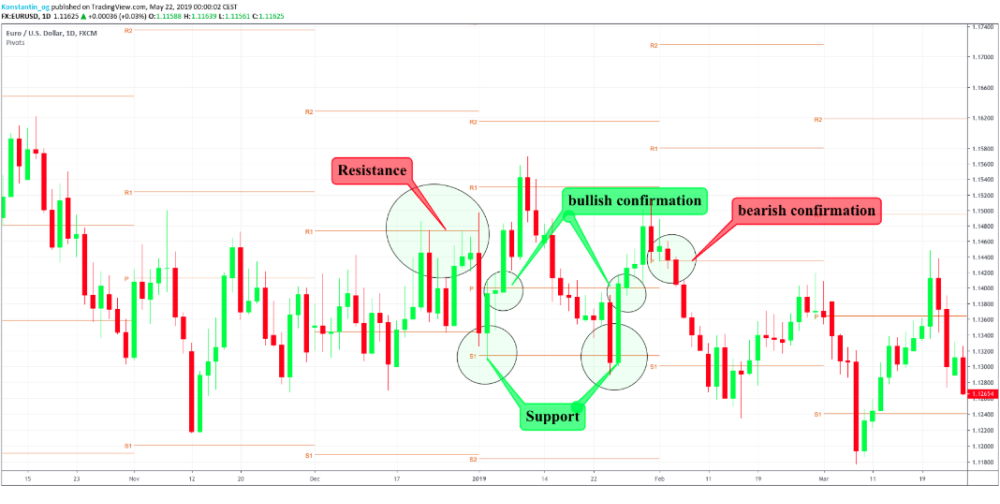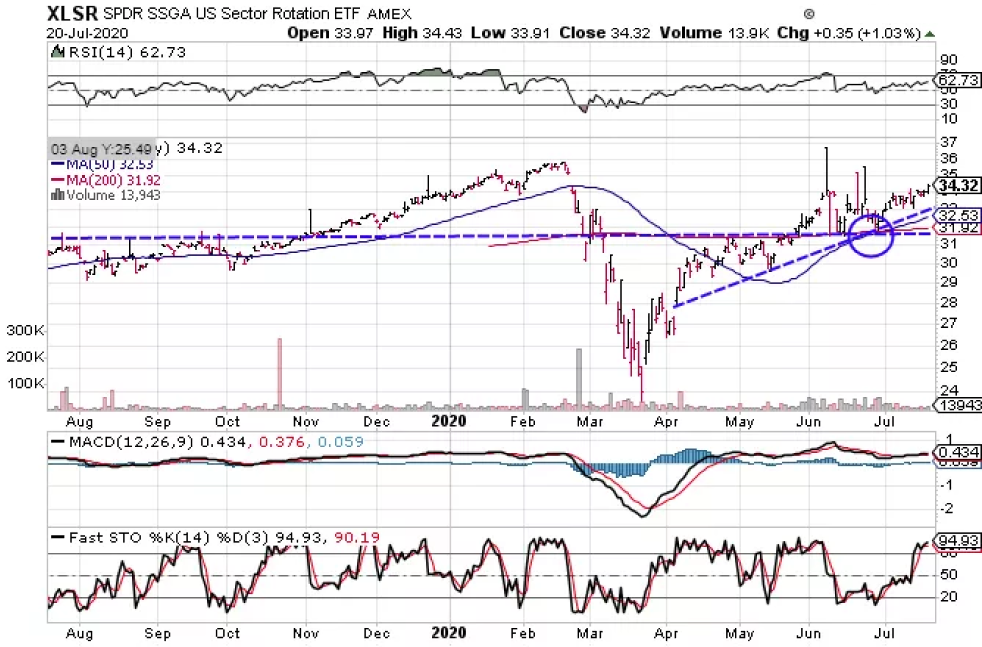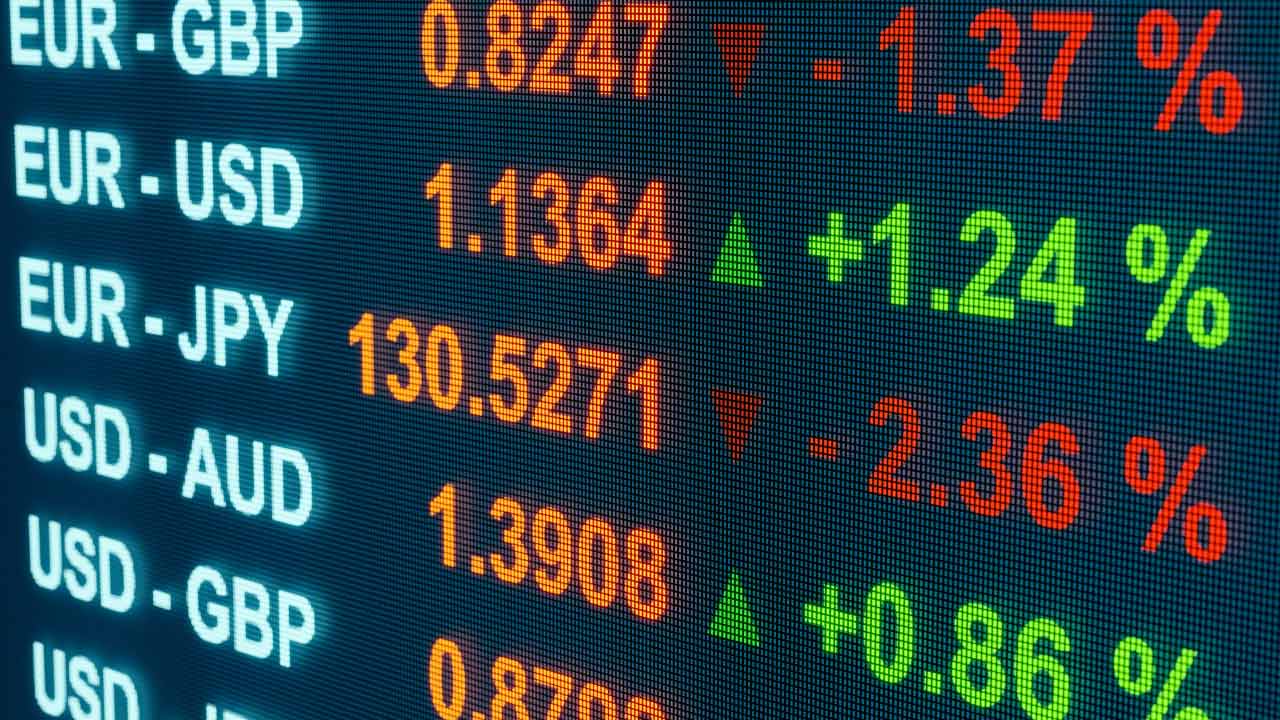Building flexibility in forex trading is essential for navigating the unpredictable market. This flexibility allows traders to respond to changing conditions, place the right order, and make informed decisions, ensuring resilience in the ever-evolving forex trading world.
This article examines why flexibility is important in trading and how traders can leverage it.
Why is flexibility necessary in forex?
Flexibility is crucial in forex trading due to the dynamic and unpredictable nature of the currency markets. Prices are influenced by several factors, including economic indicators, geopolitical events, and market sentiment, which can change rapidly. Traders must adapt their strategies to evolving market conditions, seize opportunities, and mitigate risks effectively.
Being flexible allows traders to adjust to shifting market trends, capitalize on emerging opportunities, and protect their investments during periods of heightened volatility. In the ever-changing landscape of forex, the ability to pivot and modify approaches ensures resilience and responsiveness, which are the key elements for navigating the fast-paced financial environment.
Top tips to build flexibility in forex
Diversify trading strategies
Instead of solely relying on a single approach, consider incorporating various methods to adapt to different market conditions. For instance, combining trend-following strategies with range-bound techniques enhances the ability to navigate diverse scenarios and seize opportunities that align with the prevailing market dynamics.
Use multiple time frame analysis
While daily charts offer a broader perspective, shorter timeframes unveil intricate details of price movements. Integrating insights from various timeframes equips traders with a well-rounded understanding. This comprehensive analysis enhances decision-making capabilities, enabling traders to align their strategies with both overarching trends and short-term fluctuations.
Prepare for economic events
Economic indicators, central bank decisions, and geopolitical developments can influence currency markets. Flexibility entails staying informed about upcoming events, anticipating potential market reactions, and adjusting trading strategies accordingly. By incorporating an awareness of economic calendars into their routine, traders can position themselves strategically to navigate the volatile aftermath of key economic announcements.
Adapt to market volatility
Markets can shift from calm to turbulent in an instant. Traders must develop the resilience to navigate both scenarios effectively to be flexible throughout the market momentum. This involves adjusting risk management strategies and using volatility as an opportunity. Flexibility allows traders to respond quickly to sudden market movements, identify potential breakout opportunities, and optimize their trading approach in response to evolving conditions.
Understand currency correlations
Different currencies often move in relation to each other based on economic factors and global events. By understanding currency correlations, traders can make informed decisions and manage risks. For instance, recognizing that certain currency pairs tend to move in tandem or opposite directions empowers traders to diversify their portfolios intelligently, strategically managing exposure and optimizing risk-reward ratios.
Quickly respond to breakouts
Breakout scenarios, where prices suddenly move beyond established levels, present opportunities for gain or potential risk. Traders who can promptly identify and respond to these situations stand to benefit. This requires a proactive approach, leveraging technical analysis and staying vigilant for potential breakout patterns. Quick reactions to such market shifts enable traders to capitalize on emerging trends and adjust their positions in a timely manner.
Utilize stop-loss orders
By setting stop-loss orders, traders establish predefined exit points, protecting their investments from significant losses during volatile market conditions. This risk management tool adds a layer of protection and allows traders to focus on adapting their strategies to market movements, knowing that potential downsides are limited.
Top flexibility building strategies in forex
Pattern recognition strategy
Flexibility in forex is bolstered by employing a pattern recognition strategy. This involves identifying recurring patterns in price charts, such as head and shoulders, triangles, or double tops/bottoms. Recognizing these patterns provides insights into potential future price movements, allowing traders to adjust their strategies accordingly. The visual approach to market analysis aids in both short-term decision-making and long-term trend identification.

Pivot point strategy
The pivot point strategy adds flexibility by incorporating key support and resistance levels into trading decisions. Pivot points are calculated based on the previous day's high, low, and close prices. Traders can adapt their strategies using pivot points to identify potential reversal or breakout levels. This approach allows for quick adjustments to changing market dynamics, making it a valuable tool for both short-term and swing traders. Pivot points are reference points for gauging market sentiment and adjusting trading approaches accordingly.

Sector rotation strategy
Flexibility in forex can extend beyond individual currencies to include a sector rotation strategy. This approach involves monitoring and rotating investments among different currency pairs or sectors based on their performance and economic indicators.
Traders employing sector rotation can adapt to changing market conditions by shifting their focus to sectors showing strength and potential for favorable returns. This strategy also allows for a diversified approach, ensuring traders can navigate the forex market by adjusting their exposure to various sectors based on evolving trends and economic factors.

Find the right flexibility in forex
Flexibility in trading is crucial for adapting to market changes, but it comes with risks. While it enables quick responses to opportunities, the potential for misjudgments and increased volatility poses challenges. Traders must strike a balance, utilizing flexibility wisely to navigate uncertainties while managing associated risks effectively.
Disclaimer: All material published on our website is intended for informational purposes only and should not be considered personal advice or recommendation. As margin FX/CFDs are highly leveraged products, your gains and losses are magnified, and you could lose substantially more than your initial deposit. Investing in margin FX/CFDs does not give you any entitlements or rights to the underlying assets (e.g. the right to receive dividend payments). CFDs carry a high risk of investment loss.




